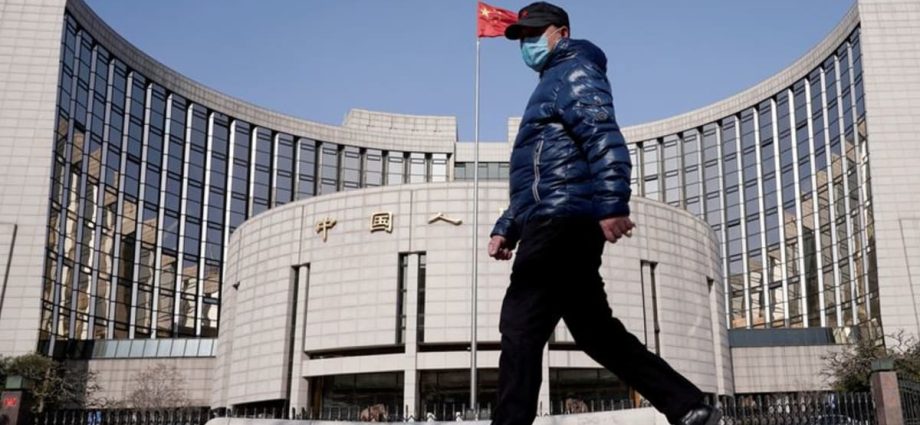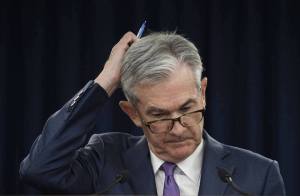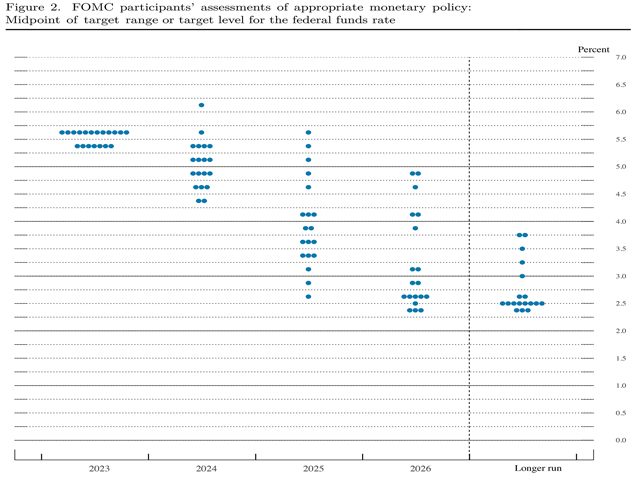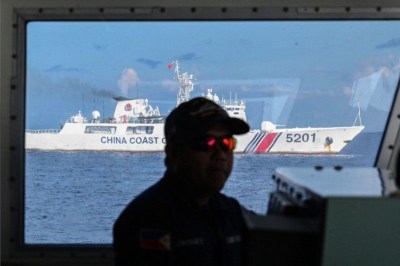China’s clashing priorities behind rare money market distress
Shanghai / Singapore: According to sources, China’s efforts to prevent the yuan from falling caused the chaos in the money markets last week. This pressure comes from Beijing, which is attempting to control its markets and economy during a significant slowdown. On October 31, routine month-end cash requirement in China’sContinue Reading

























